
My morning visitors.
I heard something last week that was so addictive that I am happily waking up before dawn in anticipation of hearing this music again. You might be thinking, ‘Crazy lady’ and I couldn’t blame you but it is almost sufficient enticement to get me out of bed before dawn in winter and down to the nearby bushland to try recording it.
Are you a morning person? My early morning alarm is usually the cat leaping onto my bed, nudging me with his cold nose, and meowing in ever-increasing tones telling me that his food bowl is empty. I can ignore the yowls but not the nibbles on my toes.
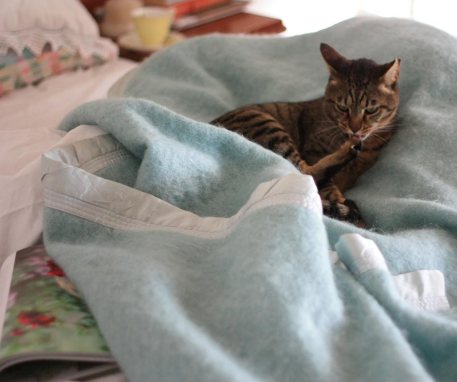
Mohair blankets are purrrfect!
Last week however, my furry intruder was early and the sun’s rays were just lighting up the hills across the valley, immersing my bedroom in that half-light before dawn. Opening my eyes, I could see a sliver of pale washed blue sky through the linen curtains that moved lightly in the morning breeze.
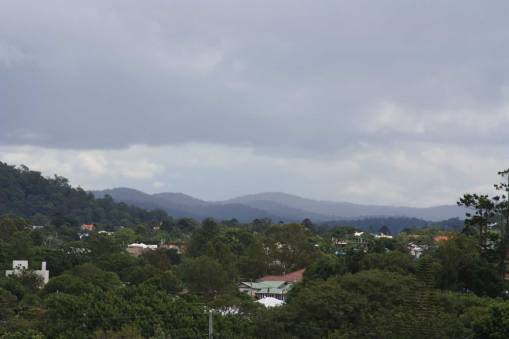
Birdsong drifts across our valley.
It was a strange feeling, not knowing why all my senses were alert yet the cat was also sitting up, eyes wide, ears twitching quite obviously listening to something. It was as if the air around me was vibrating with song, and the room a tunnel with the notes bouncing off the walls. The dawn chorus was so clear and so beautiful it was like being submerged in bird song or in a painting filled with music and I lay there, trying to identify which bird produced which sound. It was early, well before the sun had risen so there was almost no traffic noise to compete with this chorus. It was also a very cool winter’s morning so this symphony dominated the airwaves.
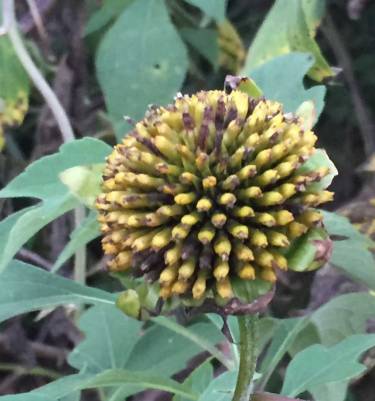
Tempting the Rosella
I had forgotten how truly magnificent is the dawn chorus in Australia. Gloriously melodic notes floated on the air, a soft warble, a chirrup, a twireep, a trill and more and more songs. All these sounds cascading together to form one of the most beautiful natural chorus anyone could wish to hear. I am no expert but I think I could make out at least some of the following bird songs from the magpies, the grey butcherbirds, the blue-faced honeyeater, the common myna, the black-faced cuckoo shrike, the willy wagtail and of course the kookaburra. There were probably others I didn’t identify.
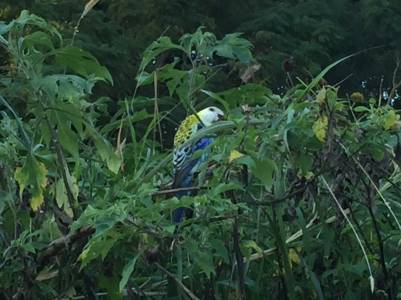
Shy Rosella feeding on sunflower seeds.
Listening to this music I tried to remember other dawn choruses and I think Australia does it better than anywhere else. They sure sound louder than other choruses I have heard. Perhaps this is because songbirds originated in Australia about 23 million years ago.
Although our dinosaur bones have survived, our very fragile bird skeletons tend not to, making it difficult to determine the migration of songbirds. Now a team led by Dr Rob Moyle from the University of Kansas, USA is using DNA to study the migration of these songsters. They are thought to have occurred travelled across the chain of islands called Wallacea that lay between Australia and New Guinea and the Indonesian archipelago.
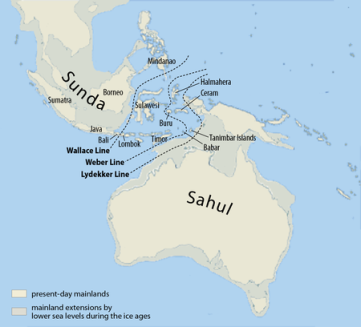
Map of Wallace (Sunda & Sahul) Sourced: Wikipedia.
Australia has many eucalypts and paperbarks as well as grevilleas that bear nectar producing flowers which attract the honeyeaters and lorikeets. These birds which feed voraciously on the flowers and fight over their food patch, have become the primary pollinators of trees and shrubs.
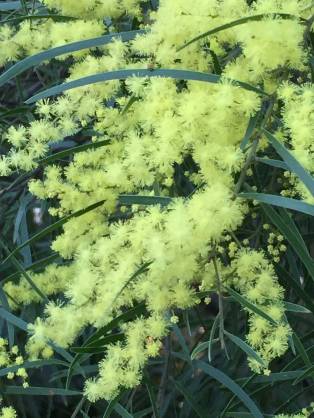
The wattle flowers are like star bursts of fireworks.
At the moment my local park and bushland has lots of flowering wattles, eucalypts and grevilleas.
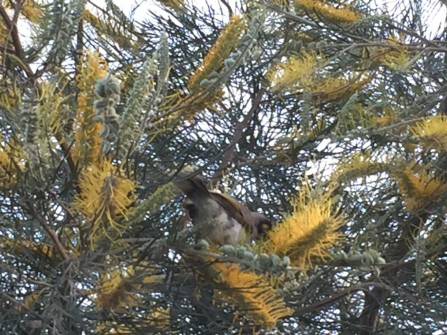
Ducking and weaving amongst the flowers.
Each afternoon when I go for a walk and I see the myna birds feeding on the Grevilleas and there was even a very shy Rosella munching on the last of the sunflower seeds. Sometimes it feels as if the trees are starting to vibrate with the bees feeding on the flowers.
In the Northern Hemisphere it is small birds such as the hummingbirds that act as pollinators and most trees are pollinated by wind or insects.
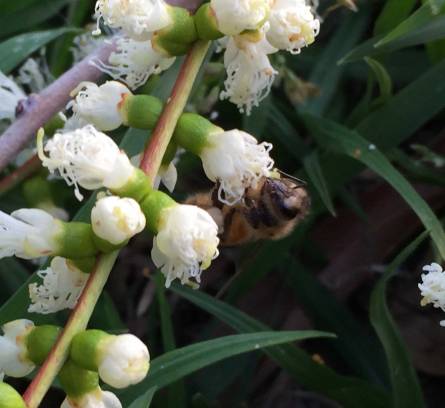
Bee raiding eucalypts flower.
On other mornings this week I have also heard the dawn chorus but it hasn’t been as loud or clear and I wondered why on that one morning it was like being in a tunnel of sound. Perhaps winter is the reason. I was intrigued to read a description using the same words in Nature’s Music: The Science of Birdsong by Peter R Marler and Hans Slabbekoorn. Apparently in winter you often get an ‘inversion’ layer of cold air sitting just above the ground and when the birds sing, their songs are reflected off the warm layer above them and beamed along the ‘tunnel of cold air’. Sound travels better in still cold air than warm air which may be why the bird song at dawn seems up to 20 times louder than in the middle of the day.
At least I have this beautiful sight every morning.
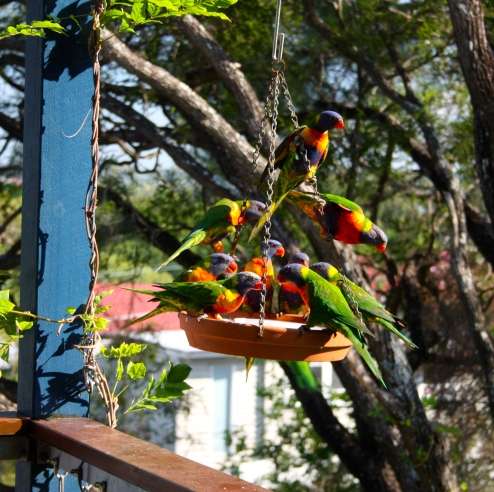
Morning chorus

Lovely read, thanks Susie
LikeLike
It takes an Aussie to know another. How is life treating you and those cute kittens?
LikeLike
THIS IS MAGNIFICENT!!!!
I will never forget my VISIT to YOUR COUNTRY and feeding and seeing the colorful songbirds!!!!!It was MAGICAL!!!!!!!!
THANK YOU for the history lesson and YOUR writing is TOP NOTCH!ALWAYS A JOY TO READ!
XX
LikeLike
What better reason to get up in the morning than to hear the birdsong.
LikeLike